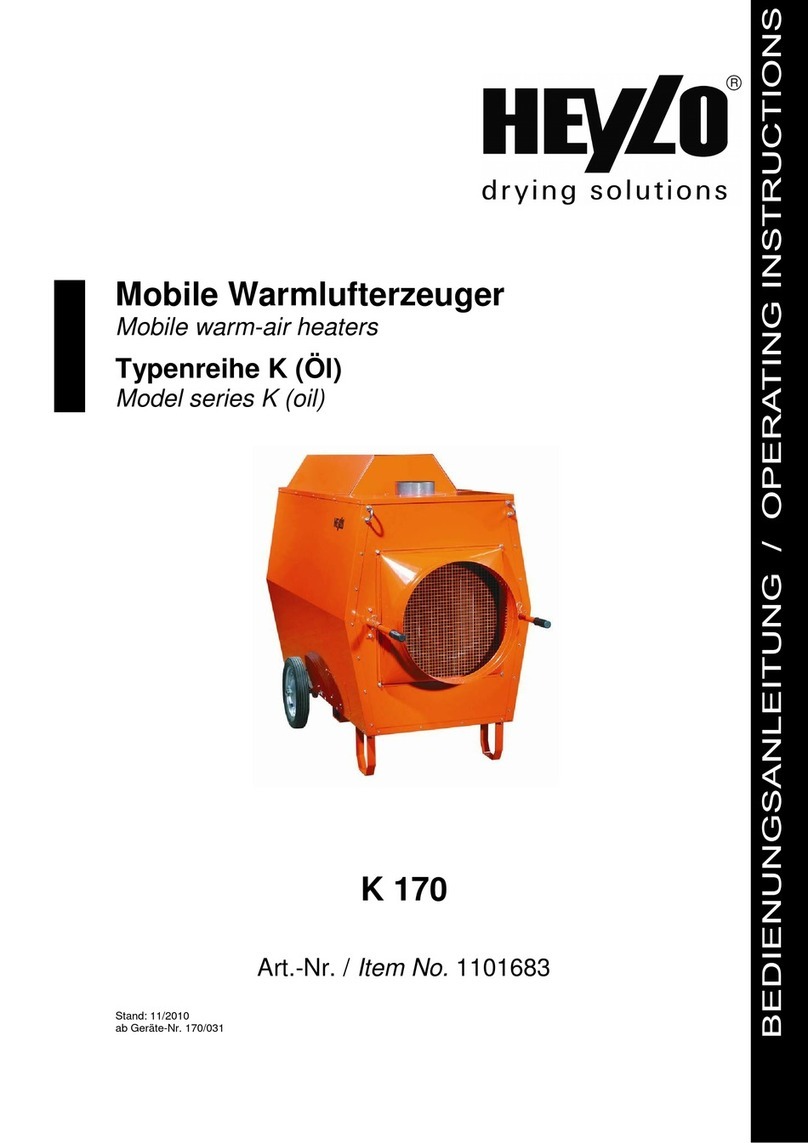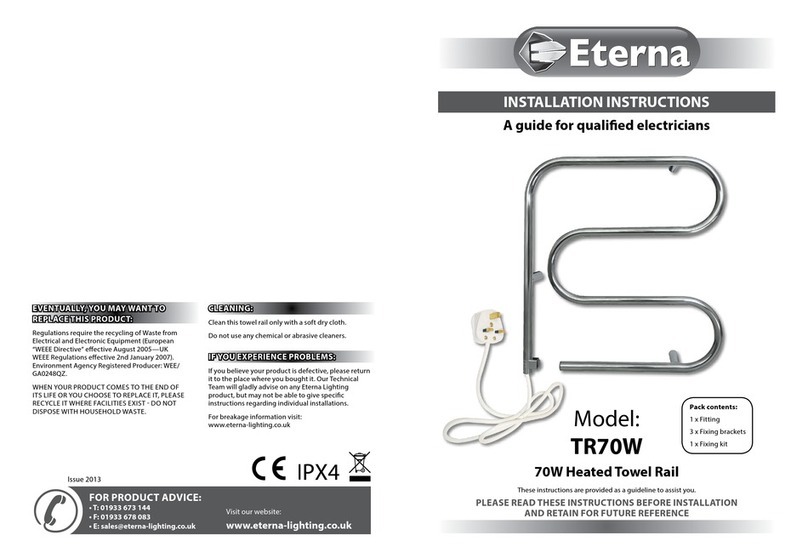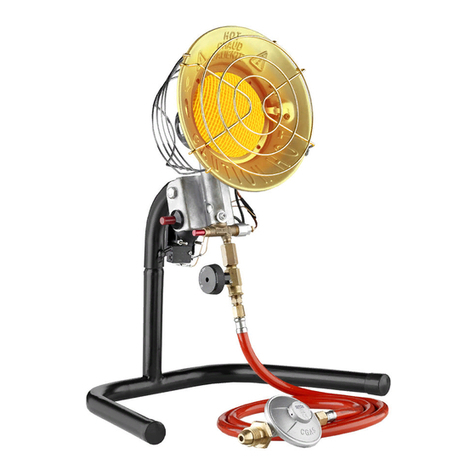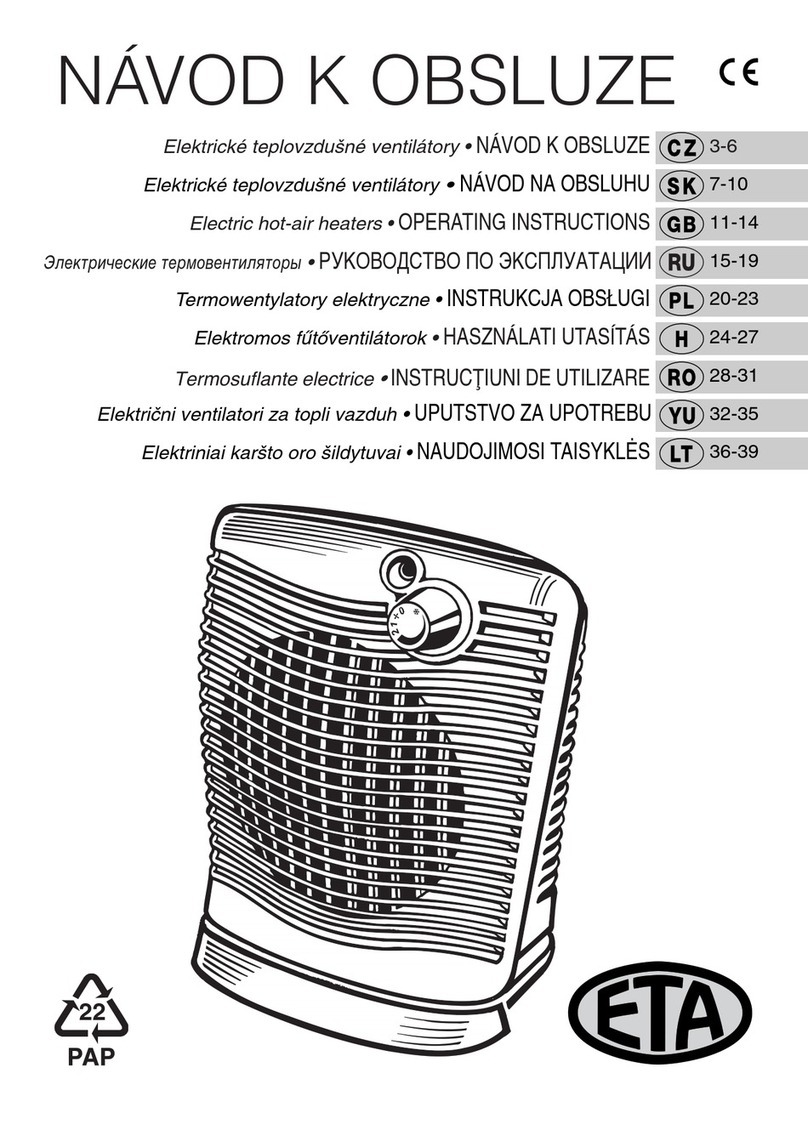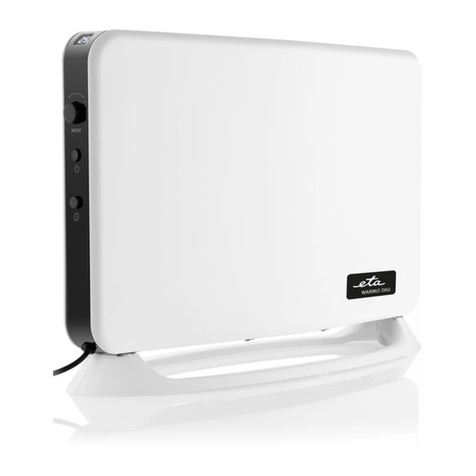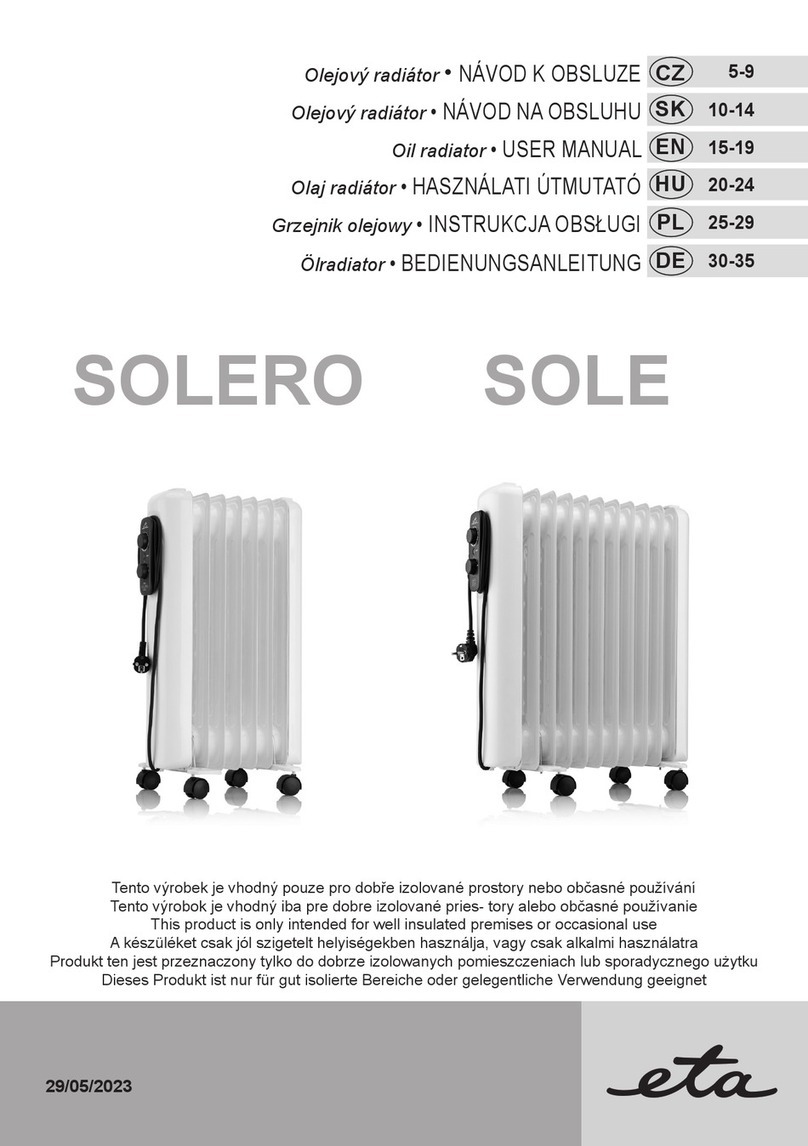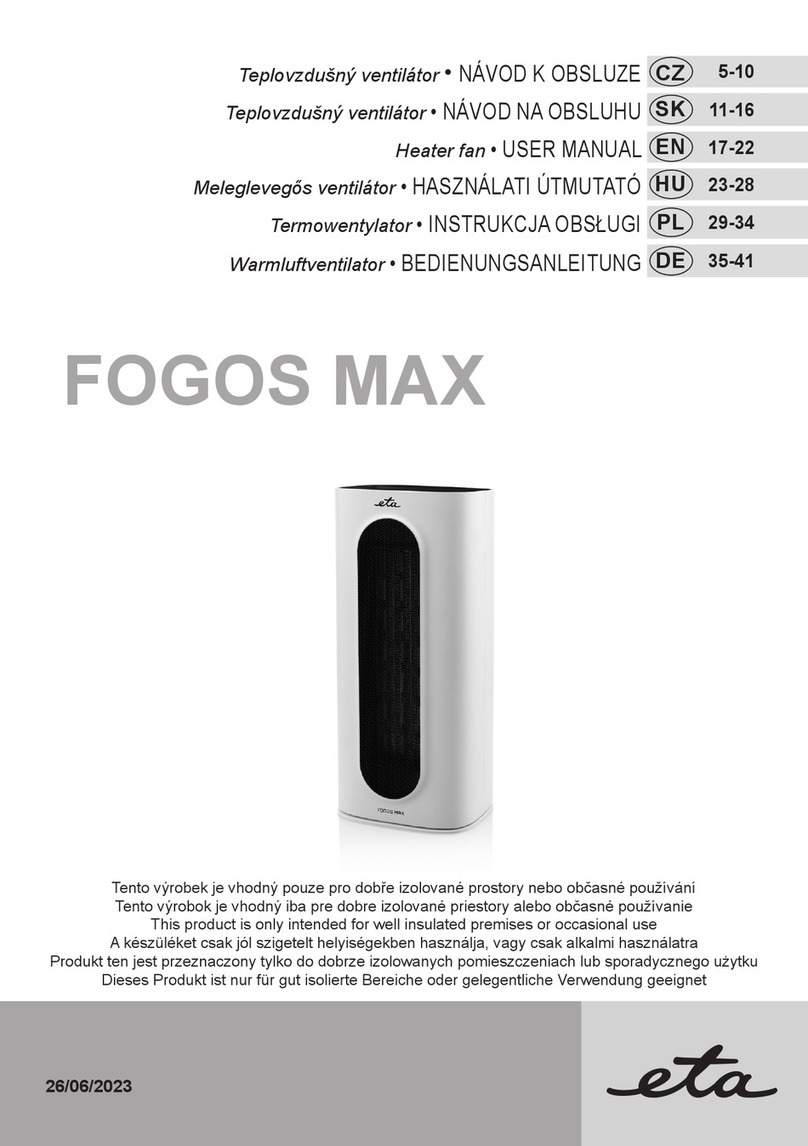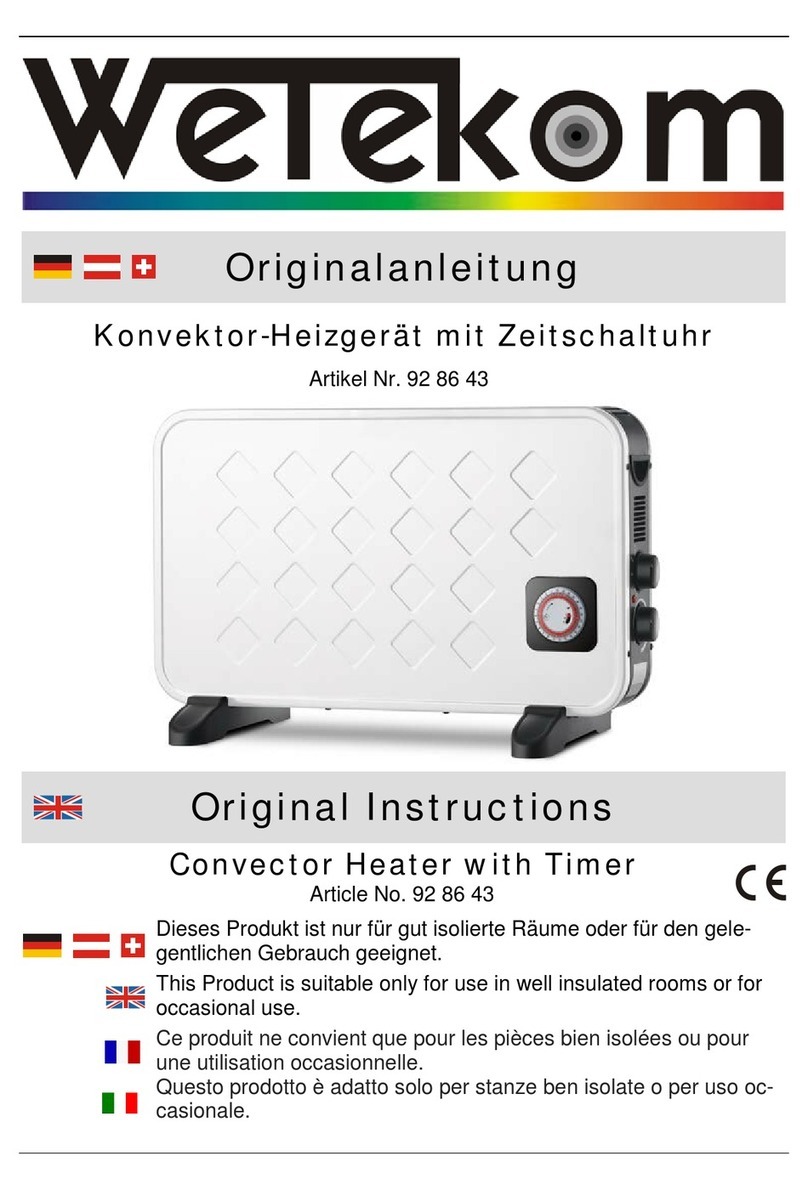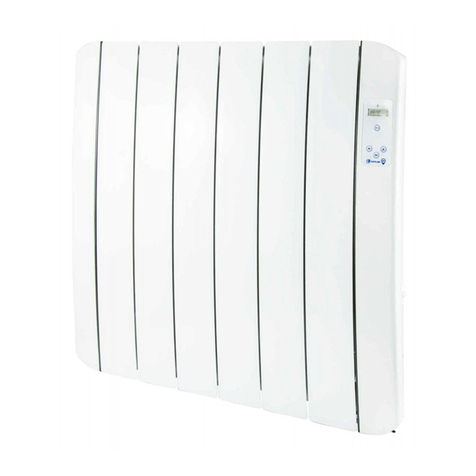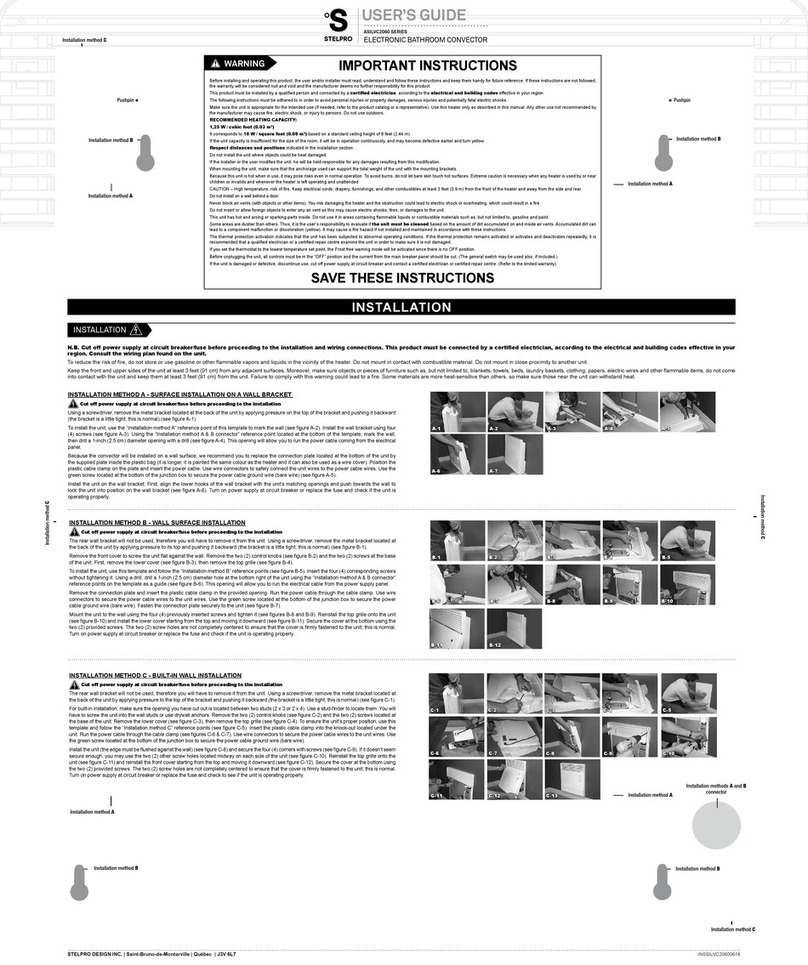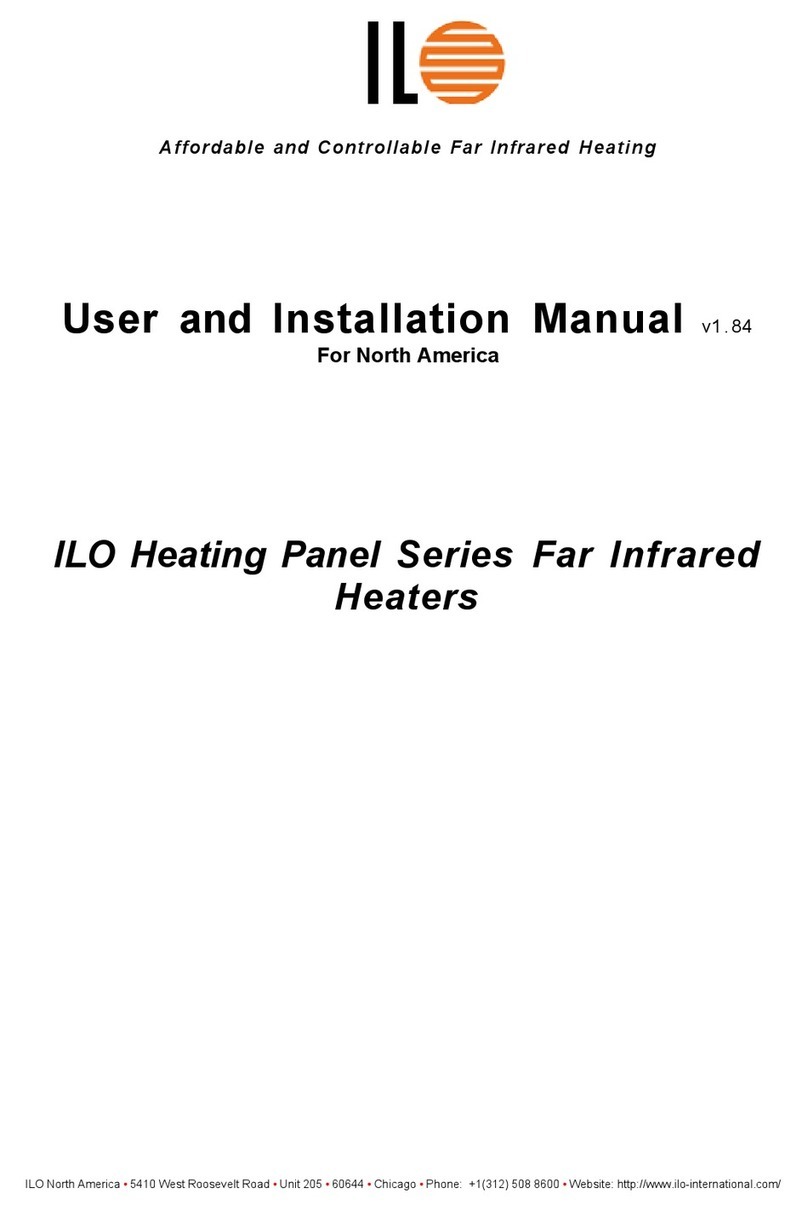
General Warranty, guarantee and liability
1.2 Warranty, guarantee and liability
Requirements
We can only accept liability for the function of our
products if they are correctly installed and operated.
This is only possible if the conditions below are
complied with.
Installation in a dry, frost-proof room
A dry, frost-proof room is required for the installation.
pH value between 8 and 9
The pH value of water used to fill the heating system
must be between 8 and 9.
Frost protection for the secondary side
The maximum frost protection content must be
adjusted to the local conditions and checked on an
annual basis if frost protection is required, for example,
on the secondary side for outdoor heating systems.
Permissible water hardness
In order to protect the heat exchanger from calcifica-
tion, the water hardness of the heating water must be
taken into account. Observe the indications outlined in
ÖNORM H 5195-1, see 9 "Water hardness".
Expanding the control system
Only components provided by us may be used for
expanding the control system, unless these are
generally available standard devices, such as thermo-
stats.
Regularly perform cleaning and maintenance
Cleaning and maintaining the product is essential. The
required steps and intervals are either contained in this
documentation or included as a separate document.
Proper installation
The installing contractor is liable for proper installation
according to the corresponding installation instructions
and the relevant rules and safety regulations. If you as
customer have installed the heating system partly or
entirely without relevant training and in particular
without up-to-date practical experience, without having
the installation checked by a trained and responsible
expert, we exclude defects in our delivery and conse-
quential damages resulting from this cause from our
warranty, guarantee and liability.
Repairs
Repairs are only permitted using spare parts provided
by us. The only exceptions are common standardised
parts such as electrical fuses or fastening materials, as
long as they possess the required features and do not
restrict the functionality of the system.
Repair of defects
For repairs of defects carried out by the customer or by
a third party, ETA shall only bear the costs or remain
obligated by warranty if this work was approved in
writing in advance by the customer service of ETA
Heiztechnik GmbH.
Seal the components. The sealant to be
used is listed in the respective step.
Use adhesive to affix the seals, for example.
Only blow out the components with your
mouth.
Affix a seal. The required cross-section and
sealing material are stated in each step.
Tighten screws and nuts alternately and
evenly.
Do not use compressed air to clean the com-
ponents.
Do not use cleaning brushes to clean the
components.
Do not use an ash vacuum or vacuum clean-
er.
Do not lubricate the components.
No water or moisture in this area.
No leaks in the components, e.g. screw con-
nection or maintenance cover.








